CHICAGO — The chairman of the House subcommittee on railroads is calling on Amtrak’s CEO to thoroughly explain the “human error” that caused a major service breakdown at Chicago Union Station last month, disrupting plans for an estimated 100,000 Amtrak and Metra passengers.
U.S. Rep. Dan Lipinski (D-Ill.) also wants to know if Amtrak contemplates reimbursing those who had to pay for alternate means of commuting home. Chicago media reported that ride-sharing services Uber and Lyft were charging stranded Metra commuters as much as $125 as a result of “surge pricing.”
Lipinski has given Amtrak CEO Richard Anderson until the end of March to respond to nine detailed questions concerning the Feb. 28 incident that brought service to a halt for more than 12 hours.[See “Amtrak CEO says ‘human error’ caused signal problems that snarled traffic at Chicago Union Station,” Trains News Wire, March 1, 2019.]
One of the questions, which has been posed repeatedly by rail passengers, tech experts, and other public officials, is why did Amtrak decide to launch a software upgrade on the computer server that controls the dispatch control system at the station during the morning rush hour? Normally, experts say, upgrades are launched overnight or on weekends to minimize the harm from a system crash, which is what Amtrak said occurred.
Lipinski also demanded to know how an Amtrak employee ended up “falling (into) or colliding with” the circuit system, an incident which has been reported as a contributing factor to the fiasco. [See “Senator says worker’s fall onto circuit board caused Union Station signal outage,” Trains News Wire, March 2, 2019.]
Lipinski, who took over as chairman of the House Subcommittee on Railroads, Pipelines and Hazardous Materials last month, sent the questions to Anderson in a letter after meeting with him last week in Washington. In that session, Lipinski said Anderson provided “initial details.” Lipinski requested that Anderson reply no later than March 29.
“I appreciated the candor CEO Anderson displayed when he met with me and accepted responsibility for the failures that led to the chaos at Union Station,” Lipinski said in a statement accompanying the letter.
“However, we need more than contrition and an acknowledgment of what went wrong in order to make sure this doesn’t happen again and to compensate passengers. I’ve asked him to conduct an in-depth review of Amtrak’s policies and procedures and present a corrective action plan to help build back the public’s confidence in our rail system and give commuters the reliable service they should expect.”
Other key questions posed to Anderson include:
— What management protocols exist or are being implemented to ensure the timing of future computer system changes or upgrades are not implemented during high-traffic times and will not result in system degradation that negatively affects commuters on Amtrak or other rail systems?
— What back-up or redundancy system does Amtrak have to ensure the operation of its dispatch control systems? If Amtrak does have such a system, what failure occurred to that system on Feb. 28?
In a statement after the incident, Anderson apologized for the Union Station snafu and said the “root cause” of the signal failure was “human error in the process of deploying a server upgrade in our technology facility that supports our dispatch control system.”
He promised that Amtrak would take steps to improve operations in Chicago, and would appoint “a veteran Amtrak executive to make sure we deliver the performance our stakeholders expect of us.”
Anderson did not elaborate on the “human error.” However U.S. Sen Dick Durban (D-Ill.) said the problem was caused when “a worker fell on a circuit board, which turned off the computers and led to the interruption of service that went on all day long.” Durbin said he learned this in speaking with Anderson.
The signal problem at Union Station began around 8:30 a.m. Feb. 28 and affected six of Metra’s lines, the BNSF, Metra’s busiest; Milwaukee West and Milwaukee North; the Heritage Corridor; North Central and SouthWest Service.
The system failure prevented Amtrak dispatchers from automatically controlling train movements. Amtrak had to manually operate the signal and switching points and allow only one train at a time to move, according to Metra.
Approximately 120,000 Amtrak and Metra passengers use Union Station each day. More than half use the BNSF Line between downtown Chicago and Aurora.





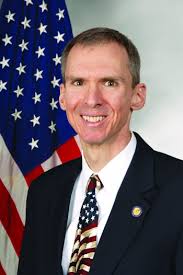
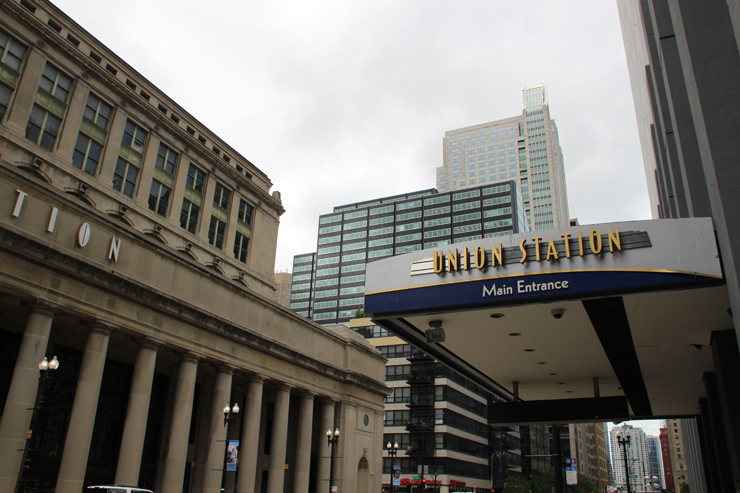

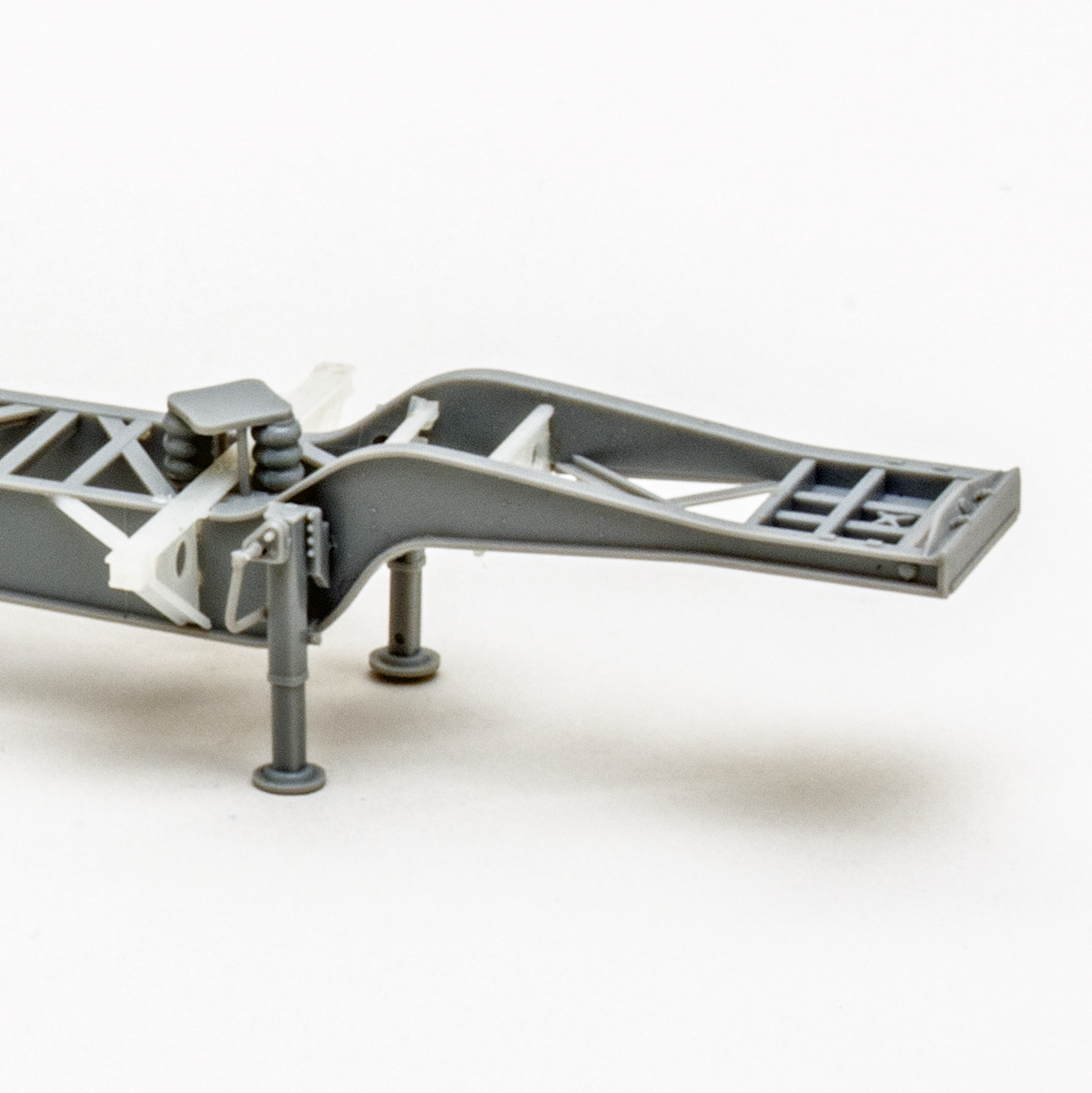
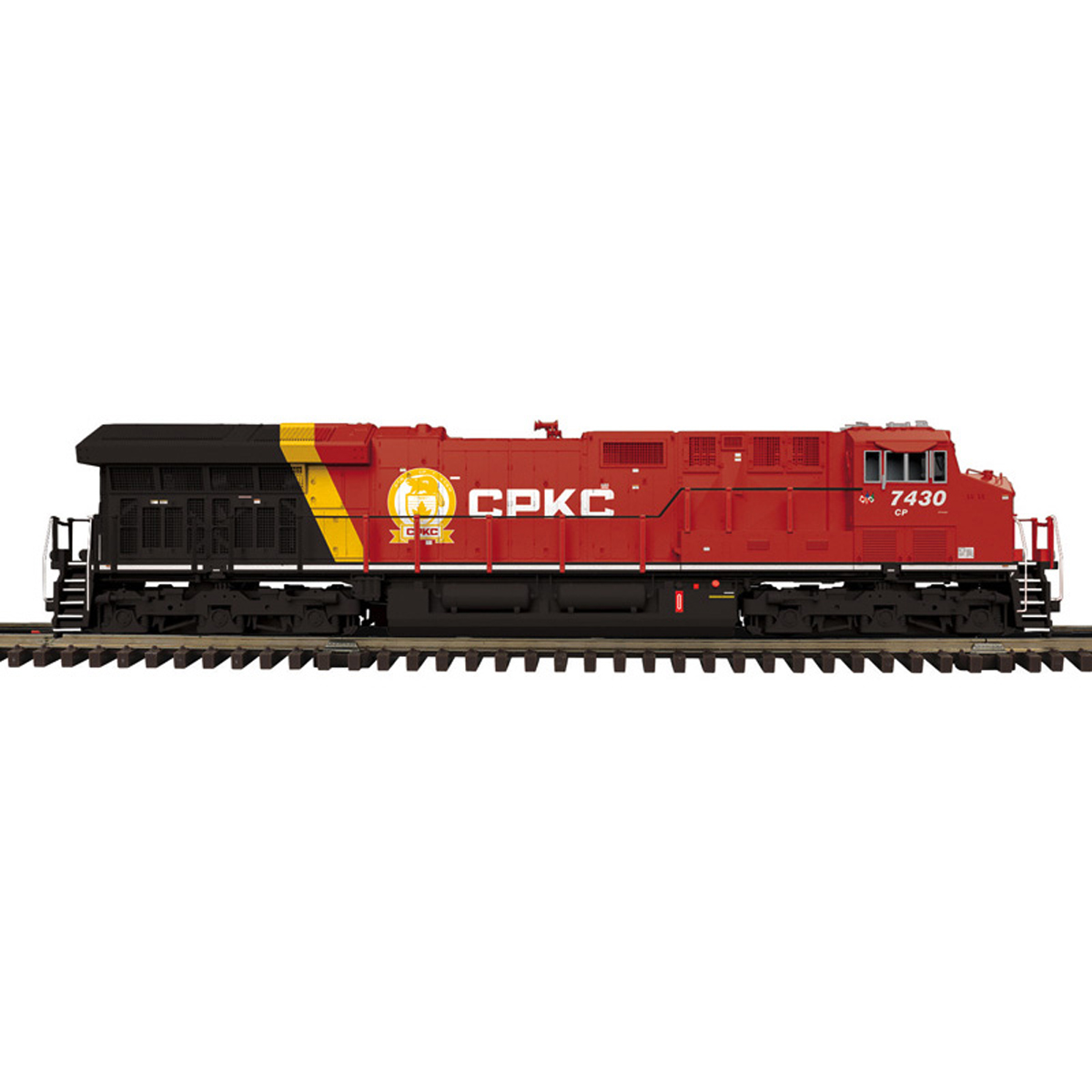
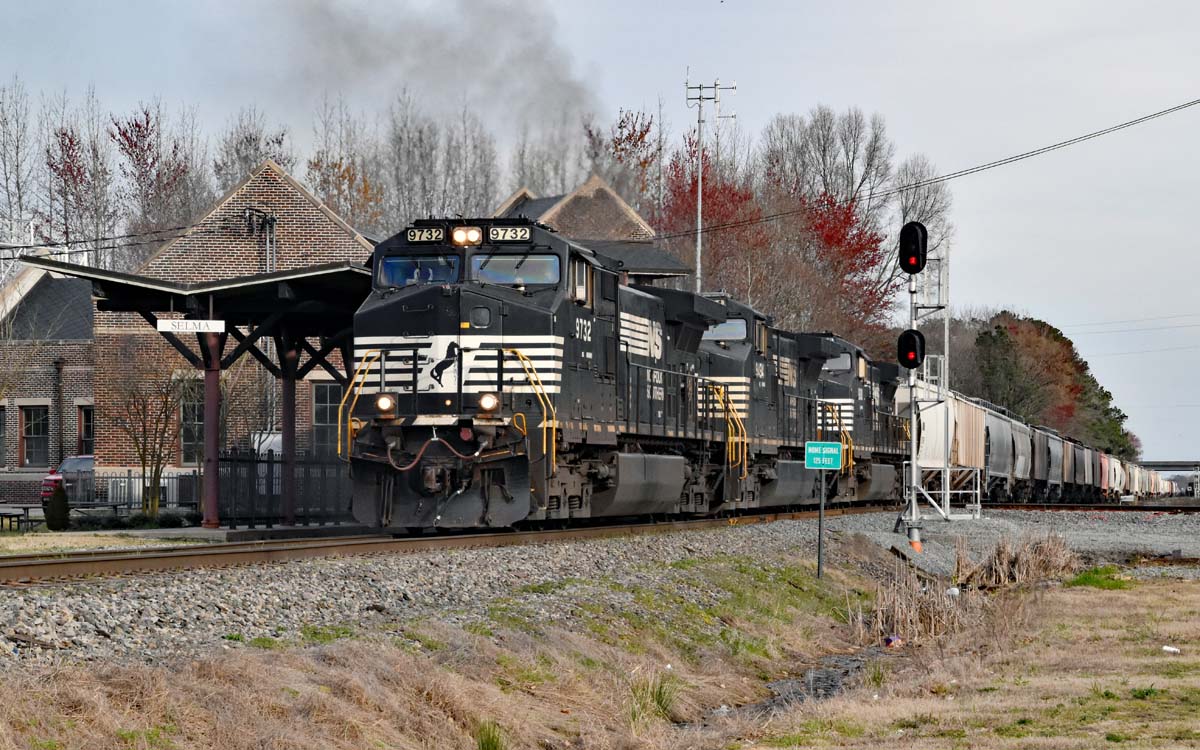
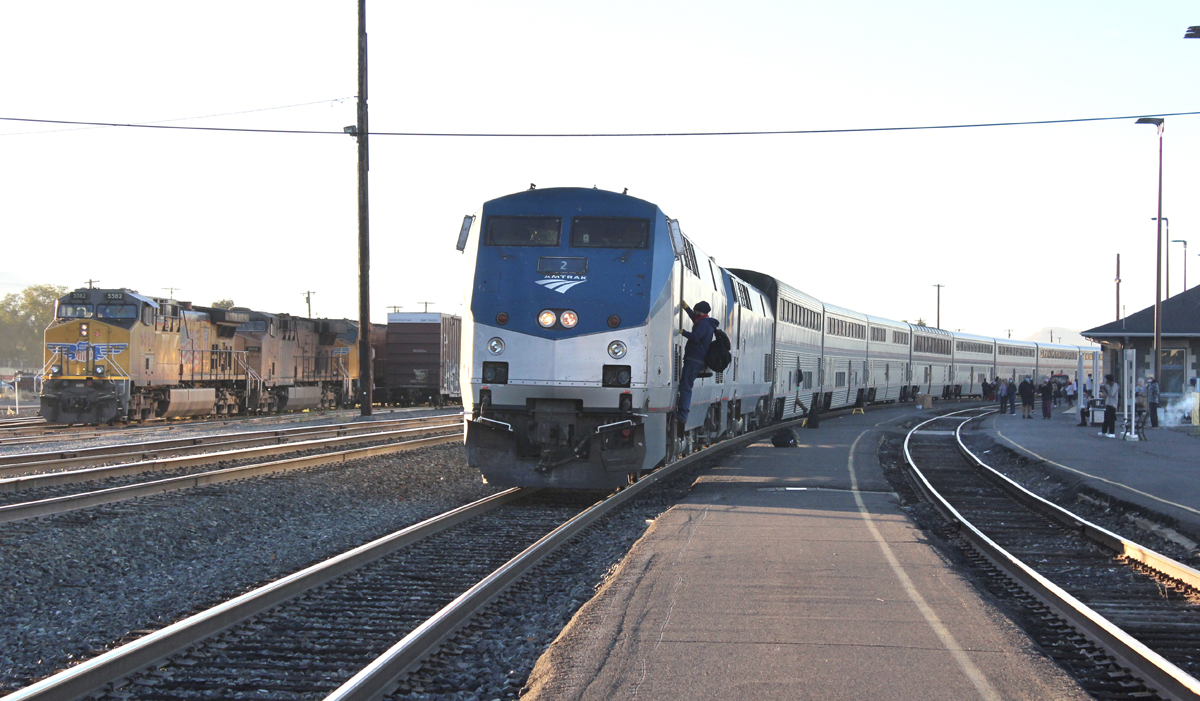




I nominate John Rice for editor for the day. That simple for even a non tech person like me to understand speculation on this event clears things up tremendously. I was ready to speculate a saboteur after the nonsensical ramblings from the comrade Durbin and cover up. Perhaps you can help the media make sense of the 737 Max 8 problem.
Why isn’t the NTSB investigating?
@John Rice,
Interesting comments that sound like something that would really happen. Back in the day when computers were first connected to control the switches and signals, there were probably a bunch of grey haired signalmen who could align routes and set signals as fast as required to run the trains. The computer system might even have been designed with the idea in mind that the facility could revert to manual control in the event of a failure while the computer system was brought back online. But the old guys are gone and “Amtrak had to manually operate the signal and switching points and allow only one train at a time to move, according to Metra.”
Amtrak probably needs to find the money for a new redundant system from a qualified engineer, furnish and install railway signaling contractor. Even with redundant systems in place, strict procedures are required to ensure that upgrades are performed and tested on the offline computer and switchover happens during low traffic periods well in advance of the next rush hour.
The 9 most terrifying words in the English language are, “I’m from the government and I’m here to help.” (Ronald Reagan)
“Surge pricing” – Don’t you just love the modern English versions of “Screw ’em?” Another synonym for “Yield management.”
And why does Amtrak continue to own Chicago Union Station?
How long has it taken since 1971 for Amtrak to even implement any plan for redeveloping the depot; how complete is it? Why did Amtrak seek to override and negate Metra’s position in the depot? Why is Metra forced to depend upon Amtrak’s signaling and interlocking, when it has the majority of operations?
Let either Metra or a City of Chicago real estate operation take over. Enough, this is not the NEC offering plentiful development opportunities for Amtrak’s Board to focus on in lieu of operations.
@Anna Harding….you are slipping, you left out your legal social media waiver at the footer of your post.
If I remember a story previously published in Trains, the room in Union Station that controls switching has a few computers but they connect to a series of circuit boards in a panel that translate the software commands from the computer to the electrical signals needed to interface with the legacy system.
Also (if memory serves) that room had a backup set of computers in case the primary failed, but it doesn’t have a backup for the signal translation. When they switched to the backup computer they simply moved the cable over and rebooted.
However, if one ruins or disrupts the controller card that tells the legacy system what to do, then it doesn’t matter how many computers you have.
So I figure an employee was updating the “offline” backup computer, which sits right next to the primary and they tripped over a cable behind the work desk, which pulled out the circuit card out of the panel, leaving the legacy system in an unknown, uncontrolled state.
Typically the only way to fix it, is to shut down the whole thing, put the cards back in, turn it back on and restart the computer and let the software resync.
Redundancy at the control level perhaps, but not in the legacy interface. Fixable, and I am sure the funding will suddenly appear.
Durban and Lipinski probably wouldn’t understand the explanation anyway. Aren’t they the ones that thought P.T.C. could be installed with a wave of the hand?
If Illinois does have anti-gouging laws it wouldn’t affect politically connected businesses which Uber is.
“Surge pricing” – Don’t you just love the modern English versions of “Screw ’em?”
You mean like when the railroad industry executives mention increased revenue through “Core Pricing Gains” instead of saying “Rate Increase”?
“It happens! What does Forrest? IT!!
Typical nanny state response to an unfortunate event….does this Congressman realize that the American taxpayer is who is subsidizing Amtrak and ultimately would be funding these refunds?
I’m sure it was an inconvenience for thousands of commuters, but reimbursements? Stuff happens no matter how careful we are and that’s part of life. I’m sure Amtrak will use this as a learning experience and move on. Why should the affected commuters be offered reimbursement for overpriced Uber rides? Maybe a refund for their tickets and a free ride at most.
A major eastern Class 1 dispatcher’s office had its computer dispatching shut down account of a burned out coffee pot too near the smoke / fire detectors which worked all too well.
Passenger rail operator should announce their schedule of weekend upgrade changes in advance and have that schedule available at any time so people can check on reliability of trains for very important travel in advance. Or have their dispatcher system run by two computers at the same time.
Doesn’t Illinois have anti-gouging laws?